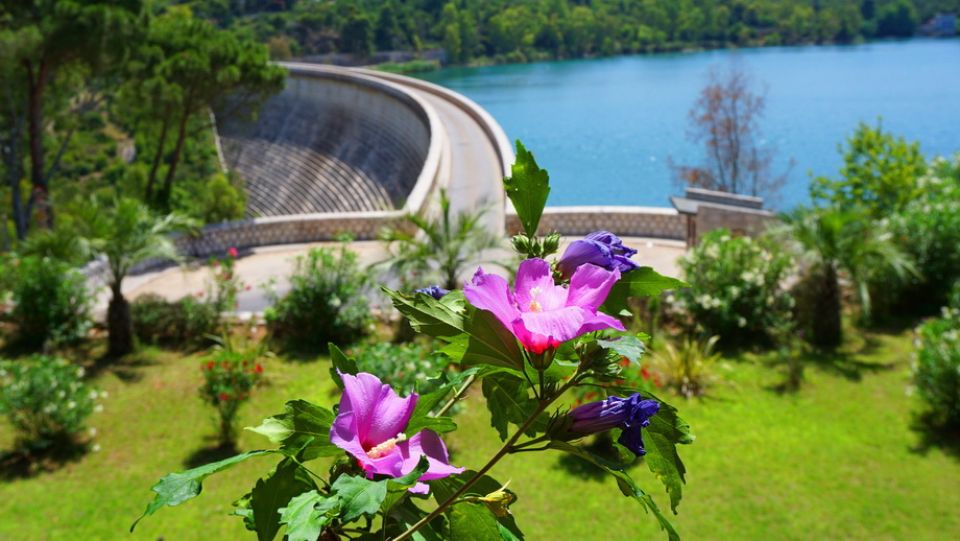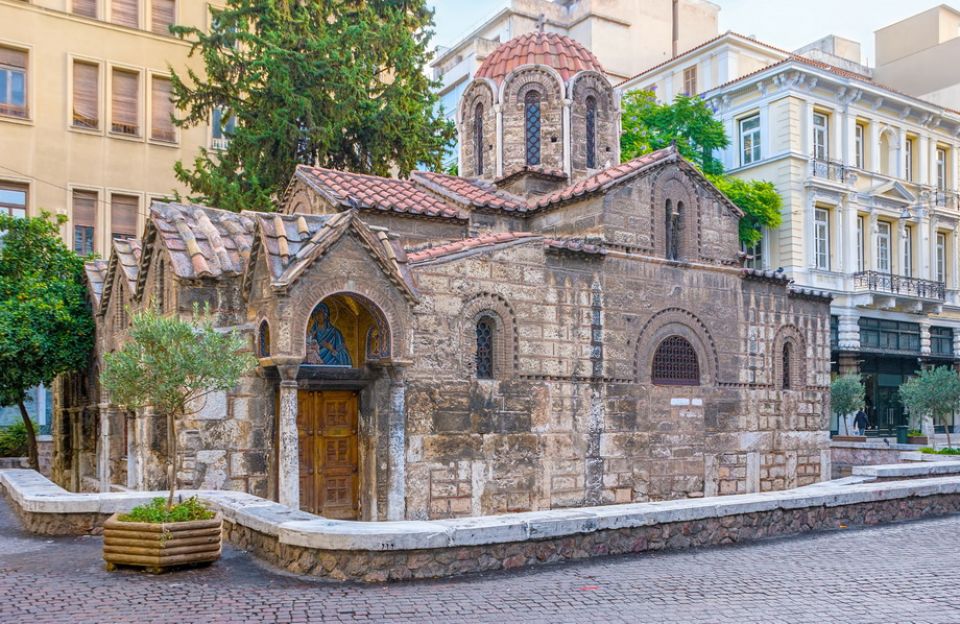
Experience the glory of important monuments from the bus perspective: the Panathenaic Stadium, where the first modern Olympic Games took place in 1896; the Presidential Mansion which was the Royal Palace until 1974; the Parliament House, palace of the first king of Greece, Otto von Wittelsbach; the numerous neoclassical buildings from the 19th century surrounded by the main streets of Athens… In the centre you can find the squares, where you can be part of the social life and nightlife of Athens. Take a deep breath of democratic history as you reach the Acropolis. The first part of the tour ends underneath the Acropolis, the landmark of Athens. On the more than 2,500 years old Greek monument you can admire the remnants of a glorious era: the marble Parthenon, the magnificent Propylaea, the delicate Erechtheion with the Caryatid Porch… The strong feelings in the fresh air of the altitude become stronger at the foot of Acropolis, as another absolute museum highlight is waiting for you after lunch: the New Acropolis Museum, which is included among the 10 most beautiful museums in the world and opened in 2009 under the oversight of the Swiss architect Bernard Tschume. In the museum you can find 300 statues and metopes, as well as 4,000 other smaller objects from the archaic period, the classical antiquity and the late antiquity, displayed till now in the Old Acropolis Museum on the hill of Acropolis or – because of lack of space – in magazine photos. The new museum is really a must for every museum fan!
Brief mythology trivia: Zeus, the father of the gods and a widely known philanderer, once abducted Aegina, the graceful daughter of the river god Acheloos. Sisyphus, King of Corinth, gave Zeus away to Aegina’s mournful father and as a result he was punished by Zeus for his betrayal. From myth to reality: The historic island Aegina with its precious relicts from glorious times is located in the center of the Saronic Gulf. After its release from the Turks at the beginning of the 19th century, Aegina town hosted the first independent Greek government. Nowadays, the island is not only known beyond the Greek borders for its fishermen and as a summer vacation place for the Athenians, but also for its high-quality pistachios which have fans worldwide… Almost the same popularity enjoy the Aeginian olives, wine and almonds. From Piraeus, a ferry boat takes you to the island in about one and a half hours. By bus you go to the northeast side of the island, where the temple of Aphaia stands on a densely forested hill. The very well-preserved building (510 B.C.) made of local chalkstone is thought to be the most perfect of the late Archaic times. The “Aeginites”, the marble gable figures of the temple found here in 1811, are one of the main attractions of the Glyptothek in Munich (they were taken by the royal family of Wittelsbachers to Bavaria). After lunch you can refresh yourselves and relax at the sea, before the ferry boat departs from Agia Marina to Piraeus. Otherwise, you can visit the monastery of St. Nektarios, one of the most famous monasteries in Greece.
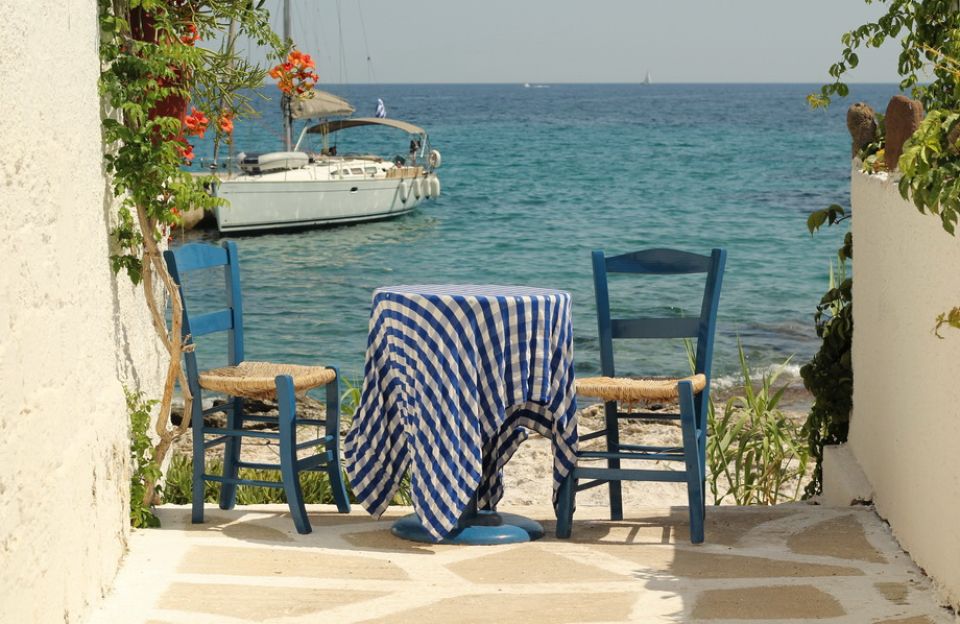
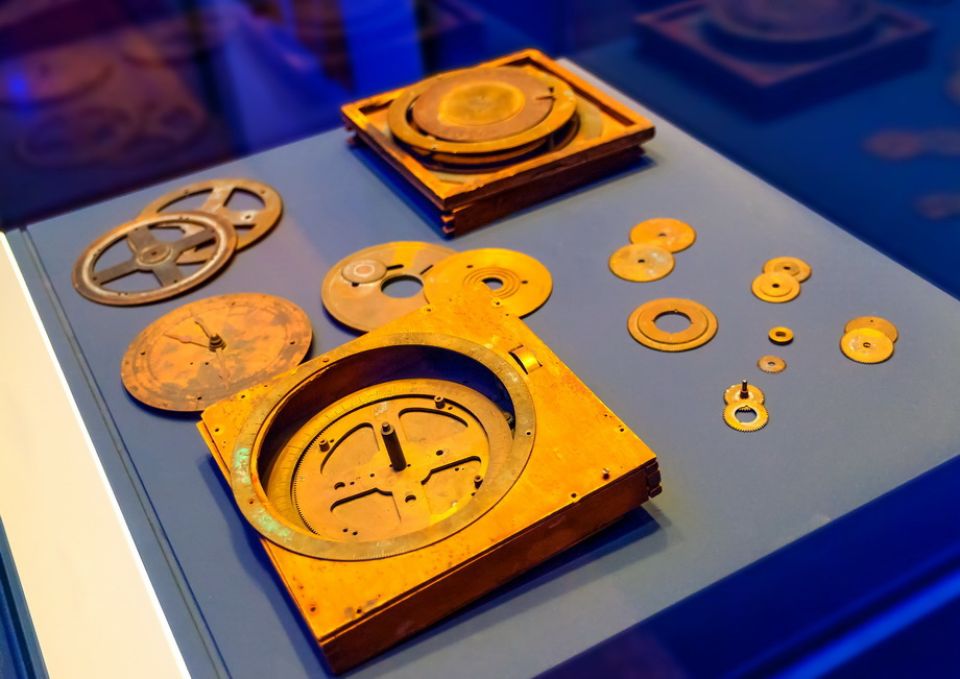
Antonios Benakis was born in 1873 and was the son of the immeasurably wealthy Egyptian Salesman Emmanuel Benakis. He started to collect Islamic Art while still living in his hometown Alexandria.In 1926 Benakis moved to Athens, where he founded the Benaki Museum in 1930. One year later he willed the magnificent building with its collection to the State of Greece. His precious heritage was completed during the following years by means of private donations. During an entertaining, about 1.5-hour-guided tour through the museum you will learn about craftsmanship, sculptures, paintings and a lot more. The treasures of Greek culture with a history of about five thousand years will definitely excite you! Among them you can find exhibits from the Stone and the Bronze Age, as well as collector’s items from the Cycladic, Mycenae, Geometric, Classical, Hellenistic, Roman and Byzantine Period up to modern times.
After visiting the museum, you make a short stop to watch the traditional change of guards in front of the Parliament building. The Metro Station Syntagma is waiting for you, as it offers a real Museum’s atmosphere in modern ambience (built in 2004) – a historical scenario with wall paintings, exhibits and archeological relicts. Your museum tour ends with a visit at the National Archaeological Museum, one of the most famous museums worldwide. The museum has one of the richest ancient collections in the world. Especially its collections of the Mycenaean jewellery, the Greek sepulchral art, the archaic sculptures and the big bronze sculptures, as well as the geometrical vases are of unique beauty.
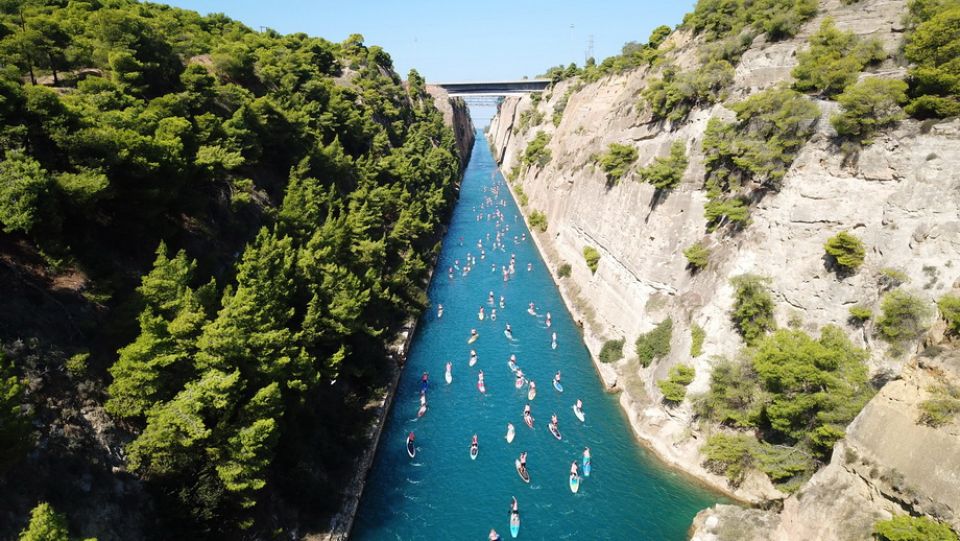
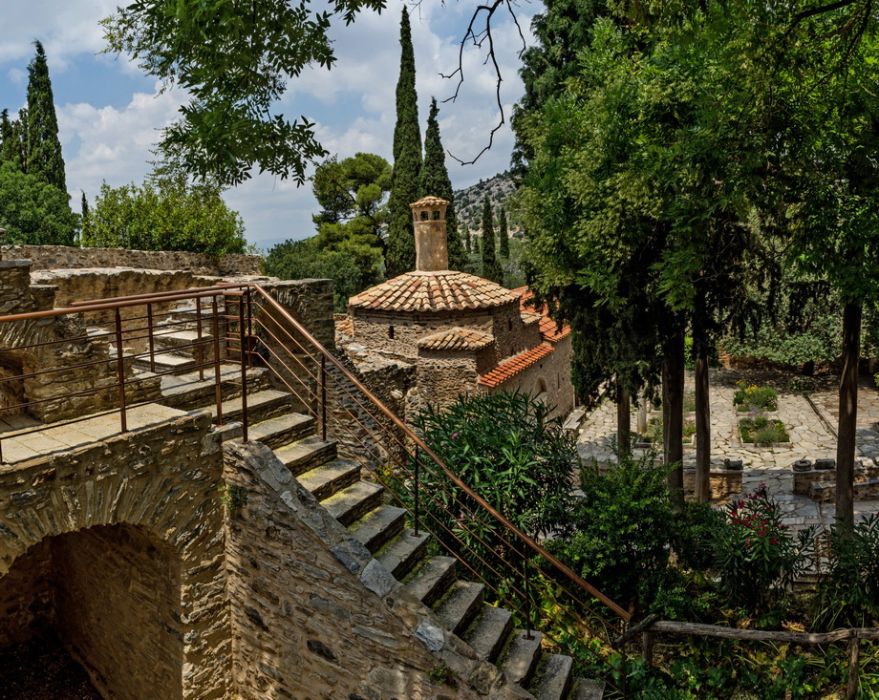
From the demise of the Roman Empire in 476 A.D. till the conquest of Constantinople (later Istanbul) by the Ottomans in 1453, the Byzantine Empire had the control of the Mediterranean region for almost 1,000 years. The numerous churches, monasteries and palaces are the stony witnesses of a whole era. The Orthodox Church had great influence on the politics and culture of the Byzantine times and managed to leave an important legacy to posterity. In a wider sense, Byzantine art is sacred art. By visiting the Byzantine and Christian Museum, you get the feeling of the art era which is known as the Greek medieval times. Around 15,000 exhibits are waiting for you: precious icons, sculptures and similitudes, liturgical objects, mosaics, wall paintings, the mysterious Mytilene Treasure etc.
The “Byzantine painting” of Athens will be completed with the idyllic landscape around Kaisariani Monastery, which is a popular excursion destination for the Athenians. You will understand the reason why, when you let your eye travel during the picnic before your visit at the monastery. The Kaisariani monastery is an abandoned monastery built approximately 1,000 years ago to honour Holy Mary, Mother of God and lies embedded between groups of old trees, at the slopes of Hymettos Mountain: a peaceful retreat only 20 minutes outside the city gates.
